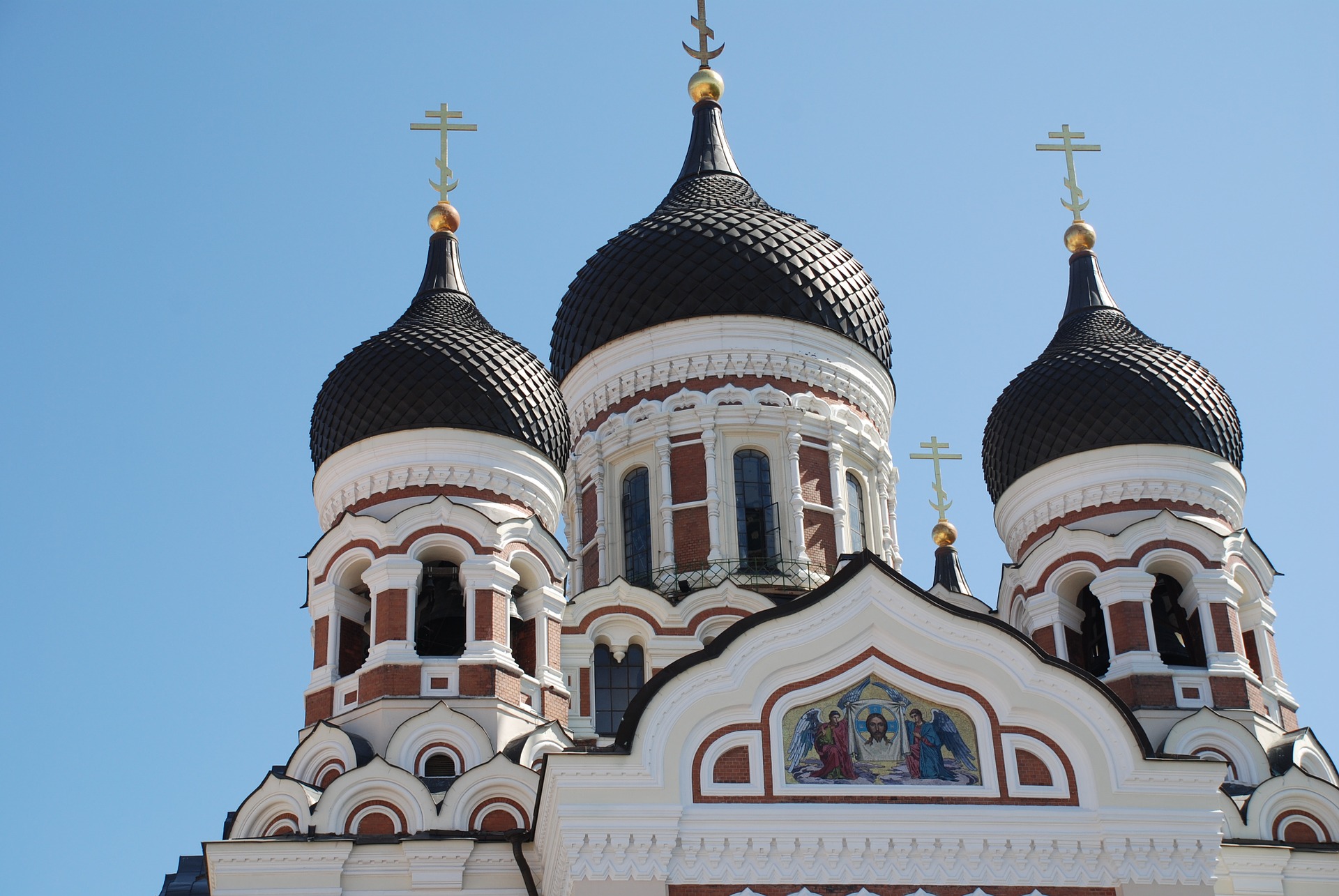Estonia Overview of Economy

Estonia Economy Overview: A 2025 Perspective for Investors
Since regaining independence in 1991, Estonia has consistently pursued a forward-thinking economic strategy, marked by robust digitalization, fiscal prudence, and a strong commitment to innovation.This has positioned Estonia as a leading digital economy and a hub for tech-driven growth.
Key Economic Highlights (2025):
- Digital Leadership:
- Estonia remains a global leader in digital governance and e-services, with the e-Estonia initiative continuing to evolve.
- The emphasis on cybersecurity, data protection, and blockchain technology has further strengthened Estonia's digital infrastructure.
- The adoption of AI and other cutting-edge technologies is accelerating, creating new opportunities for investors in the tech sector.
- Economic Resilience:
- While facing global economic challenges, Estonia has demonstrated resilience, adapting to shifts in international trade and investment flows.
- The economy is diversified, with a strong focus on technology, services, and advanced manufacturing.
- GDP Growth and Inflation:
- It is very important to check the most up to date data from Statistics Estonia regarding current GDP and inflation numbers. Global economic factors are still having a strong effect on the Estonian economy.
- The government is focused on maintaining fiscal stability and promoting sustainable growth.
- Labor Market:
- The labor market is characterized by a skilled and educated workforce, particularly in technology and engineering.
- Attracting and retaining talent remains a key focus, with initiatives to promote lifelong learning and skills development.
- It is important to check the most current unemployement numbers from Statistics Estonia.
- Trade and Investment:
- The EU remains Estonia's primary trading partner, with strong ties to Nordic countries.
- Estonia is actively seeking to diversify its trade relationships and attract foreign direct investment (FDI) in strategic sectors.
- Logistics, transportation, and e-commerce continue to be important sectors, leveraging Estonia's strategic location and digital infrastructure.
- It is important to check the most current trade numbers from Statistics Estonia.
- Sectoral Breakdown:
- The services sector continues to be the dominant contributor to the Estonian economy.
- Industry, particularly advanced manufacturing and technology-related industries, plays a significant role.
- The focus on sustainable forestry and agriculture is increasing.
- Natural Resources:
- Estonia continues to utilize its natural resources, including peat, limestone, and oil shale, while prioritizing sustainable practices. Investments in renewable energy are growing, reflecting Estonia's commitment to environmental sustainability.
Key Opportunities for Investors:
- Technology and Innovation:
- Cybersecurity, FinTech, AI, and e-governance solutions.
- Start-up ecosystem and venture capital opportunities.
- Logistics and Transportation:
- Leveraging Estonia's strategic location and digital infrastructure.
- E-commerce logistics and cross-border trade.
- Green Technologies:
- Renewable energy, sustainable forestry, and environmental solutions.
- Advanced Manufacturing:
- High-tech manufacturing and industrial automation.
Key Considerations:
- Global Economic Trends:
- Be aware of global economic uncertainties and their potential impact on Estonia.
- Cybersecurity:
- Invest in robust cybersecurity measures to protect your business.
- Regulatory Environment:
- Familiarize yourself with Estonian regulations and business practices.
- Digitalization:
- Embrace Estonia's digital culture and leverage e-services.
Estonia offers a unique and dynamic investment environment for those seeking to capitalize on its digital leadership and innovative spirit.